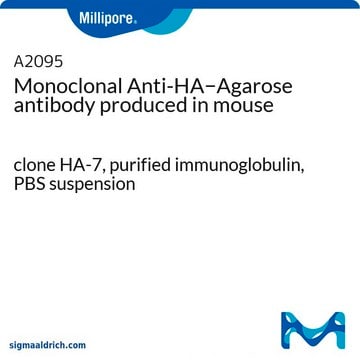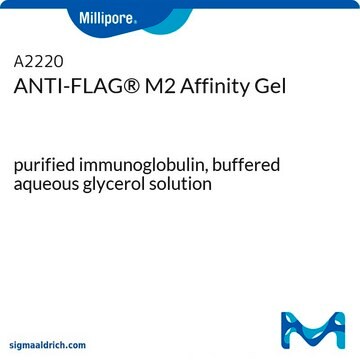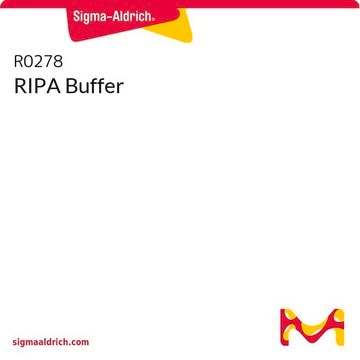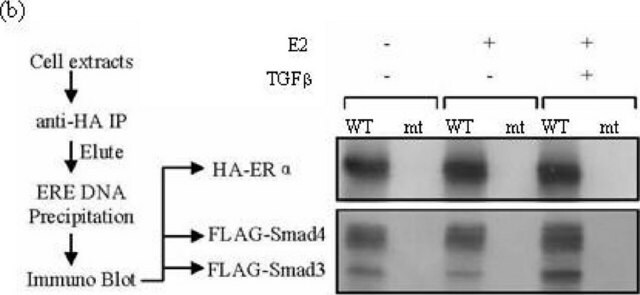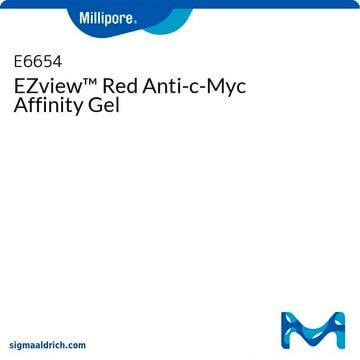IP0010
Anti-HA Immunoprecipitation Kit
Scegli un formato
891,00 €
Scegli un formato
About This Item
891,00 €
Prodotti consigliati
Tipo di anticorpo
primary antibodies
Clone
monoclonal
Classi chimiche degli analiti
proteins (hemagglutinin)
tecniche
immunoprecipitation (IP): suitable
Temperatura di conservazione
2-8°C
Descrizione generale
Applicazioni
Caratteristiche e vantaggi
- Anti- hemagglutinin (HA) coupled beads enable high specific binding to HA-tagged fusion proteins
- Coupling of Anti-HA antibodies to the beads eliminates other preliminary and calibration steps
- Mini-spin columns enable the minimal loss of anti-HA-bound beads during washing
- The CelLyticTM M cell lysis reagent provides a high yield, rapid and efficient mammalian cell lysis
- Ready-to-use cell lysis reagent and 10X concentrated immunoprecipitation buffer
Non trovi il prodotto giusto?
Prova il nostro Motore di ricerca dei prodotti.
I componenti del kit sono disponibili anche separatamente
Codice della classe di stoccaggio
10 - Combustible liquids
Classe di pericolosità dell'acqua (WGK)
WGK 3
Punto d’infiammabilità (°F)
Not applicable
Punto d’infiammabilità (°C)
Not applicable
Scegli una delle versioni più recenti:
Certificati d'analisi (COA)
Non trovi la versione di tuo interesse?
Se hai bisogno di una versione specifica, puoi cercare il certificato tramite il numero di lotto.
Possiedi già questo prodotto?
I documenti relativi ai prodotti acquistati recentemente sono disponibili nell’Archivio dei documenti.
I clienti hanno visto anche
Filtri attivi
Il team dei nostri ricercatori vanta grande esperienza in tutte le aree della ricerca quali Life Science, scienza dei materiali, sintesi chimica, cromatografia, discipline analitiche, ecc..
Contatta l'Assistenza Tecnica.
